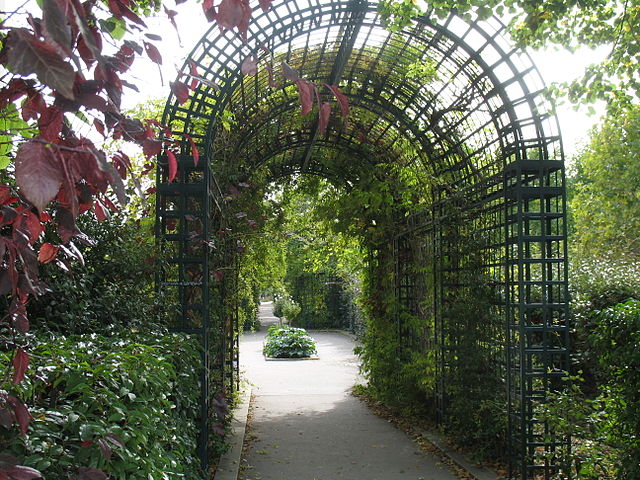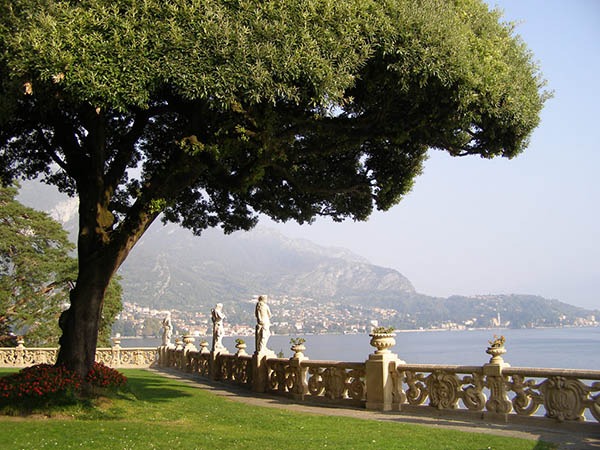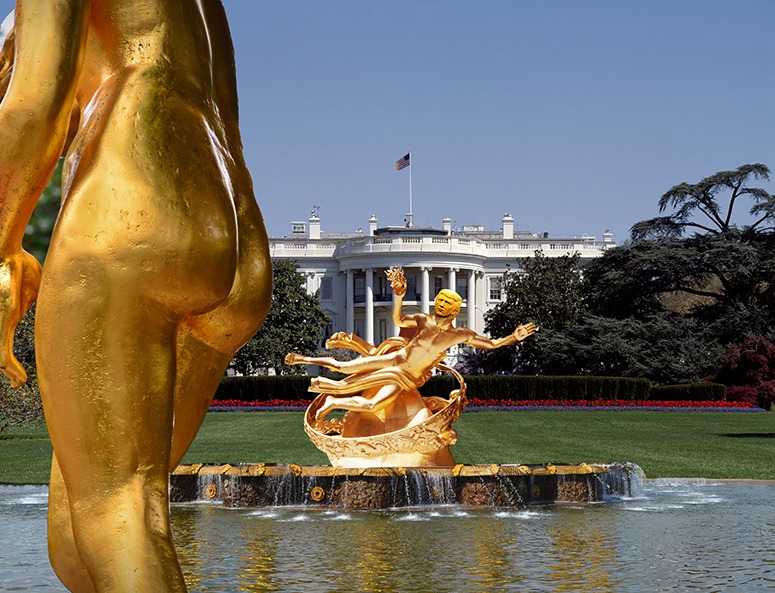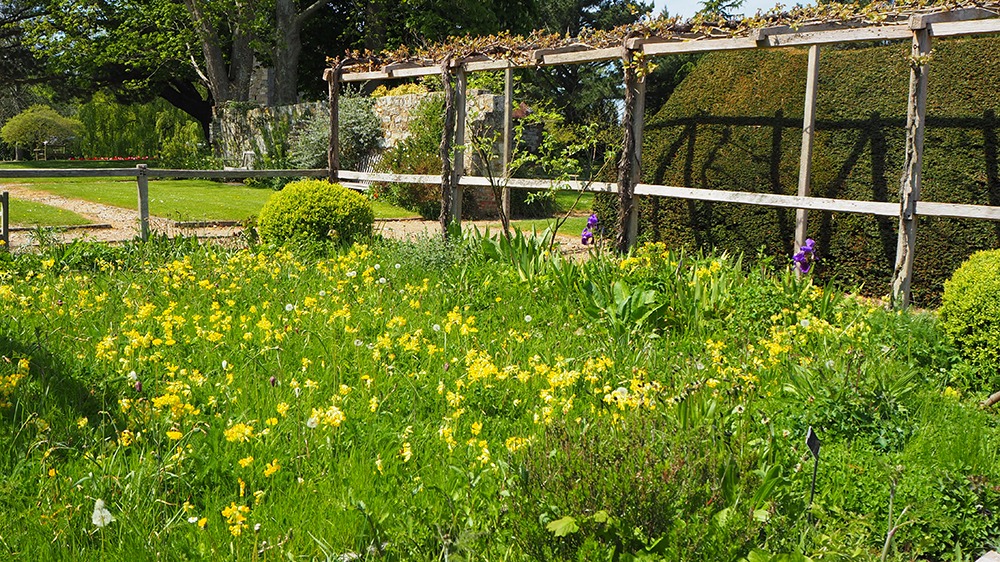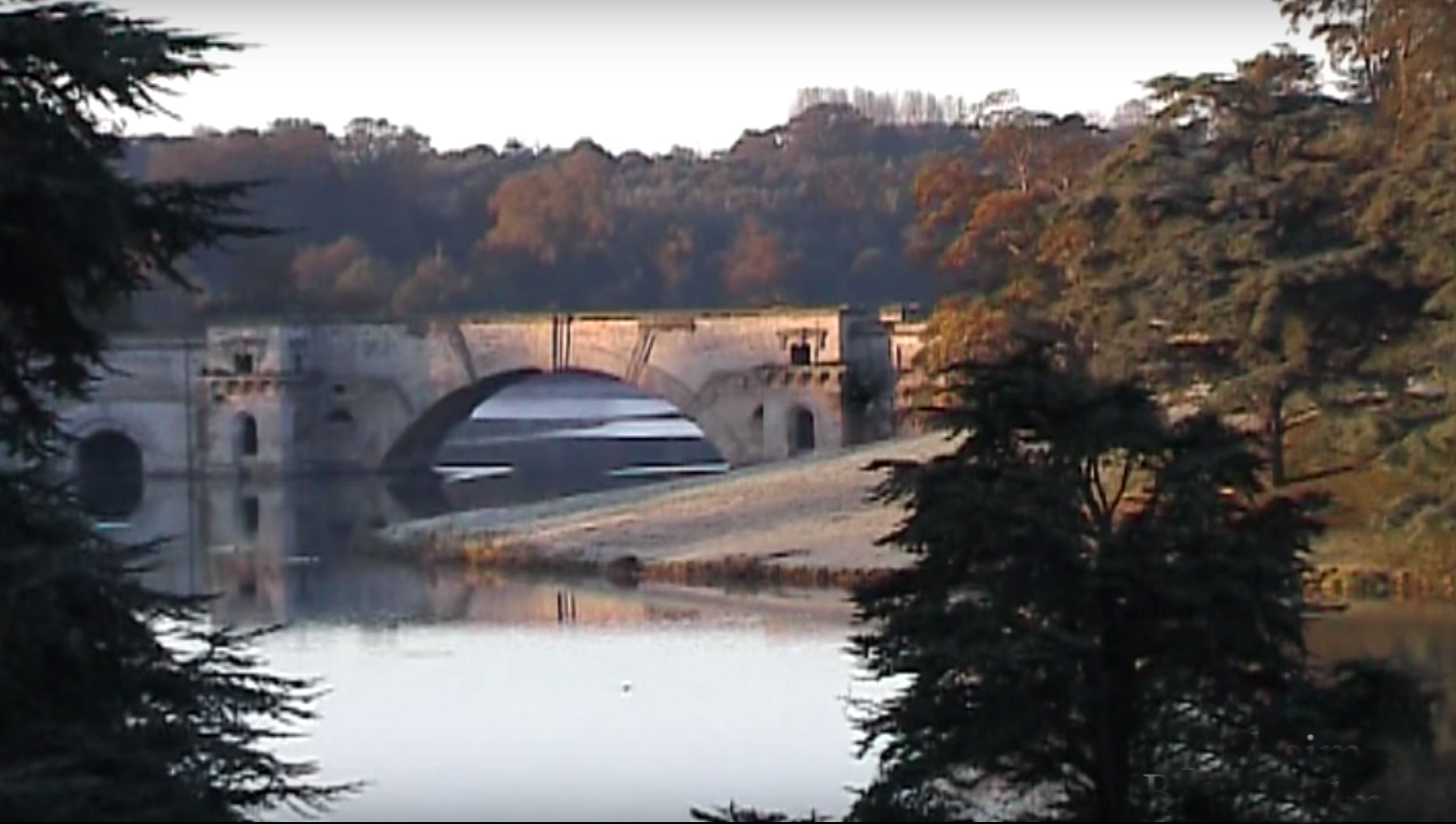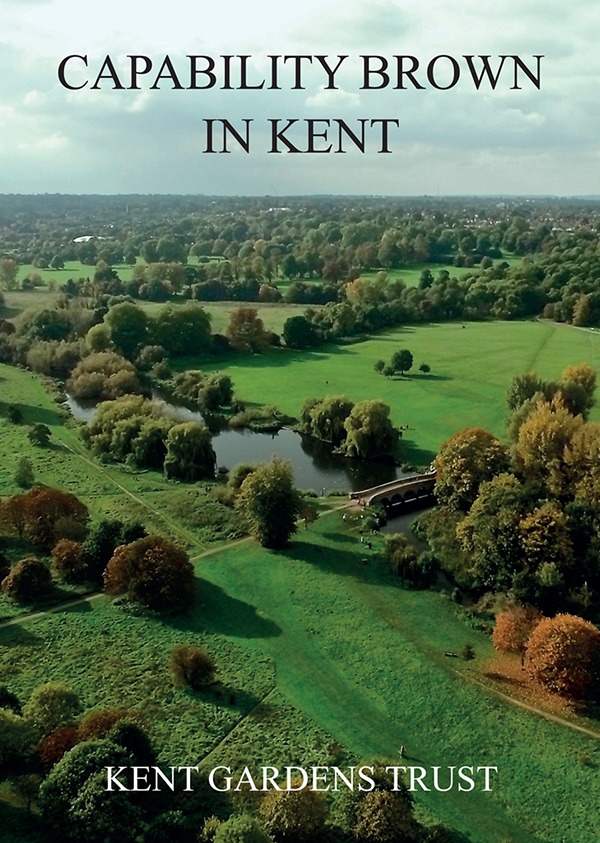Congratulations to Kent Gardens Trust for producing a book on Lancelot Capability Brown’s work in Kent. Despite there being little of his work in Kent, the content is interesting and the book is very nicely produced. I particularly commend the editors for their use of plans. Far too many ‘garden history’ books make no use of plans. Instead, they use long descriptions of garden designs that are hard to read and must have been difficult to write. Using plans is so much better. They can be understood at a glance and they let the reader make comparisons between what the designer intended, shown on historical plans, and the present condition of the gardens. The present day plans in this book (by Liz Logan and Rowan Blaik) were done using OpenData from the Ordnance Survey. It is great that the OS allows their data to be used in this way – I wish Google and Bing allowed satellite maps to be used in a similar fashion. There is much to be learned from air photography.
The gardens analysed in the book are:
- Ingress
- Leeds Abbey
- Valence
- Chilham Castle
- North Cray Place
As the editors state, they were relatively small-scale projects. Yet ‘though they may not be amongst the most significant, but they do provide some highly valuable insights which help broaden our understanding of his work’. As a contribution to Brown scholarship, this book makes a most-welcome advance with its use of contours on plans. Brown had no effective way of representing landform on his own plans despite it being one of his main design considerations. This is one of the factors which make his own drawings both puzzling and disappointing.
It would be good if the detailed research in this book could be used to restore some of Brown’s Kentish planting.
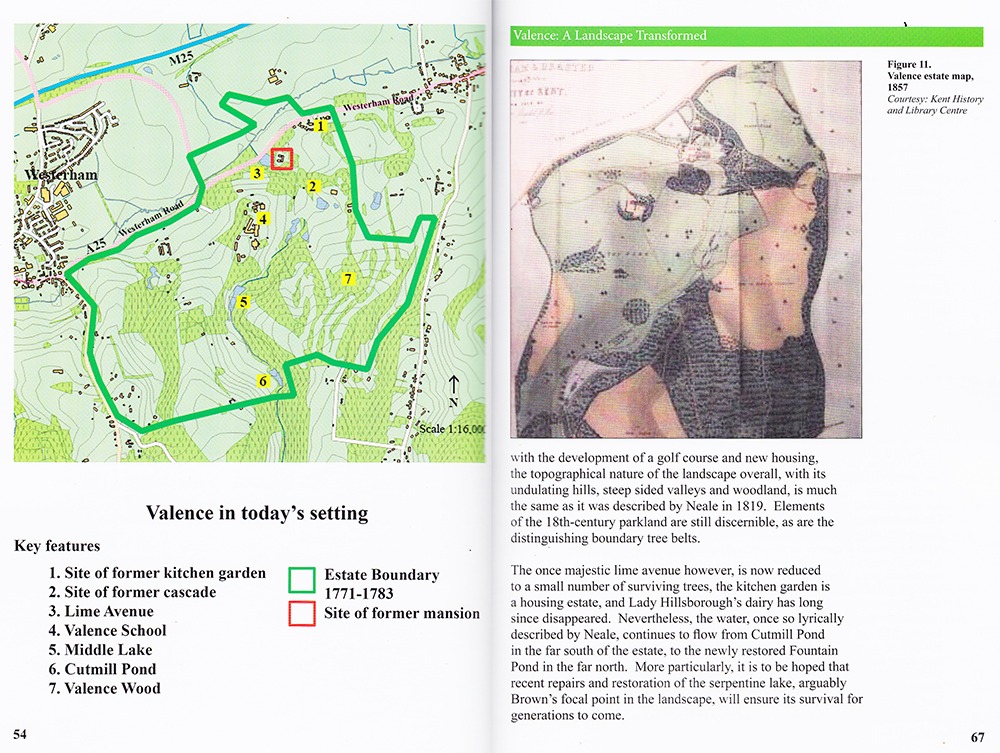
The 1857 estate map shows a recognisably Brownian design, with the design concept much more intelligible when seen with the contours on the Kent Gardens Trust Map (right)

